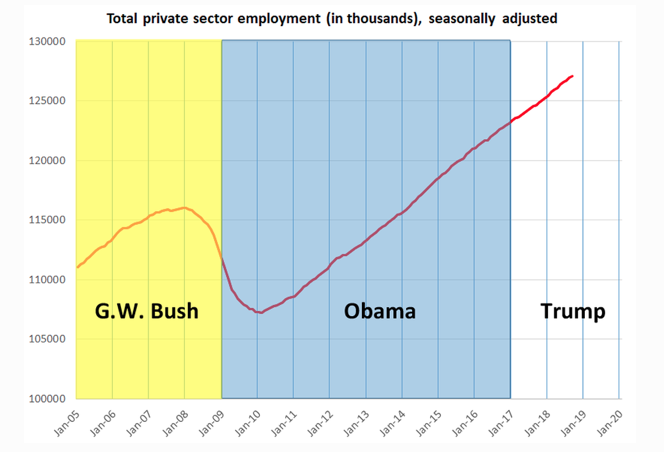US job surge in December
January 6, 2019 | Expert Insights

Amidst volatile stock markets, trade war, a partial government shutdown and signs of economic slowdown, US added 312000 jobs in December 2018 and a total of 2.64m jobs. 2018 was the third best year for job growth since recession a decade ago.
Background
Unemployment generally falls during periods of economic prosperity and rises during recessions, creating significant pressure on public finances as tax revenue falls and social safety net costs increase. Government spending and taxation decisions (fiscal policy) and U.S. Federal Reserve interest rate adjustments (monetary policy) are important tools for managing the unemployment rate. There may be an economic trade-off between unemployment and inflation, as policies designed to reduce unemployment can create inflationary pressure, and vice versa. The U.S. Federal Reserve (the Fed) has a dual mandate to achieve full employment while maintaining a low rate of inflation.
The major political parties debate appropriate solutions for improving the job creation rate, with liberals arguing for more government spending and conservatives arguing for lower taxes and less regulation. Polls indicate that Americans believe job creation is the most important government priority, and ensuring that jobs are not sent overseas, the primary solution.

Analysis
The US economy created many more jobs than expected in December, according to the latest report released by the Bureau of Labour Statistics. Employers added 312,000 jobs, far ahead of predictions of 177,000, the Labor Department said. The job gains reported by the Labor Department came despite a trade war with China, a global slowdown and a partial government shutdown now entering its third week.
The unemployment rate nudged higher to 3.9%. Average hourly pay increased at an annual rate of 3.2% - an improvement on last month's 3.1%. This was considered as a positive sign, reflecting in Americans beginning to look for work. Hours worked each week increased 0.1 hours to 34.5 hours. The government said 176,000 new jobs were created in November instead of 155,000. October's gain was raised to 274,000 from 237,000. The US has now added jobs for 99 consecutive months – the longest streak of job creation since records began. The economy added 2.64m jobs over 2018.
Economists surveyed by Dow Jones had been expecting job growth of just 176,000, though they projected the unemployment rate to fall to 3.6%. The wage number also was well above expectations of 3% on the year and 0.3% from November. "The far bigger than expected 312,000 jump in non-farm payrolls in December would seem to make a mockery of market fears of an impending recession," Paul Ashworth, chief U.S. economist at Capital Economics, said in a note. He added that the report "suggests the US economy still has considerable forward momentum."
President Donald Trump called the job growth “GREAT” on Twitter. Analysts said the figures may relieve pressure on the Federal Reserve, which has come under fire from critics, including Mr. Trump, over plans to raise rates.
“The labor market is very strong even though the economy appears to be slowing,” said Eric Winograd, senior U.S. economist at the investment management firm AllianceBernstein. “Those two things cannot coexist for very long. Either weakening demand will lead firms to dial back the pace of hiring or the robust pace of hiring will lead firms to ramp back up production.”
The strong job growth suggests employers believe U.S. consumer spending will stay robust. Healthcare and education added 82,000 jobs last month, the largest jump in nearly nine years. Restaurants and drinking places posted a net gain of 40,700 jobs. Builders added 38,000 construction jobs, while manufacturers increased their payrolls by 32,000 workers. Businesses are still searching for more workers.
Kevin Hassett, chairman of the White House Council of Economic Advisers, cautioned on Thursday that the jobs report for January could be weak if the shutdown continues. Job totals could be lowered by hundreds of thousands of government employees being temporarily put out of work.
Assessment
Our assessment is that employment surge shows that the US economy remains healthy despite fears of a slowdown. We feel that it is likely for the Federal Reserve to increase the interest rates while Trump would like it to be pegged low. We also feel that the economy will feel the pinch of trade tensions, disruptions in supply chain and government shutdown. We believe that this would impact the creation of new jobs.








Comments